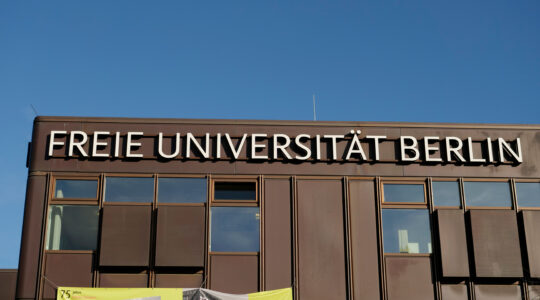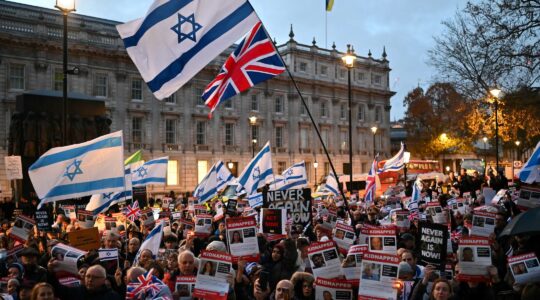(JTA) — A Spanish historian who identified and catalogued 107 tombs in a 13th-century Jewish cemetery in Toledo said the remains were “well preserved.”
The cemetery was partially unearthed in 2008, but the delineation and archaeological study of the graves was only recently completed, according to the Spanish news agency, EFE.
The archaeologist leading the excavations, Arturo Ruiz Taboada, told EFE earlier this month that the people buried in the 107 Jewish tombs were “well preserved” and deposited unusually deep in the ground, some over 9 feet from ground level. The identity of many of those buried at the site remains unknown.
The deep burial may have been to ensure that the Jews were not buried with the remains of others, Jews and non-Jews alike, who had been buried in the area, Taboada told the news agency.
Taboada said that some burial plots contained whole families, including several tombs where mothers were buried with newborn infants.
Archaeologists first learned of the cemetery’s existence in 2008, when human bones were found in the grounds of a local school. The Spanish government began excavating there but stopped following protests by Jewish groups.
Local authorities in Toledo — a major center of Jewish life before the expulsion of Spain’s Jewish communities in 1492 — had offered to hand over the bones for reburial at another site, but eventually they were reburied in 2011 at the same cemetery at the request of the local Jewish community and European Jewish groups.
JTA has documented Jewish history in real-time for over a century. Keep our journalism strong by joining us in supporting independent, award-winning reporting.





